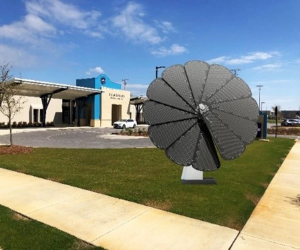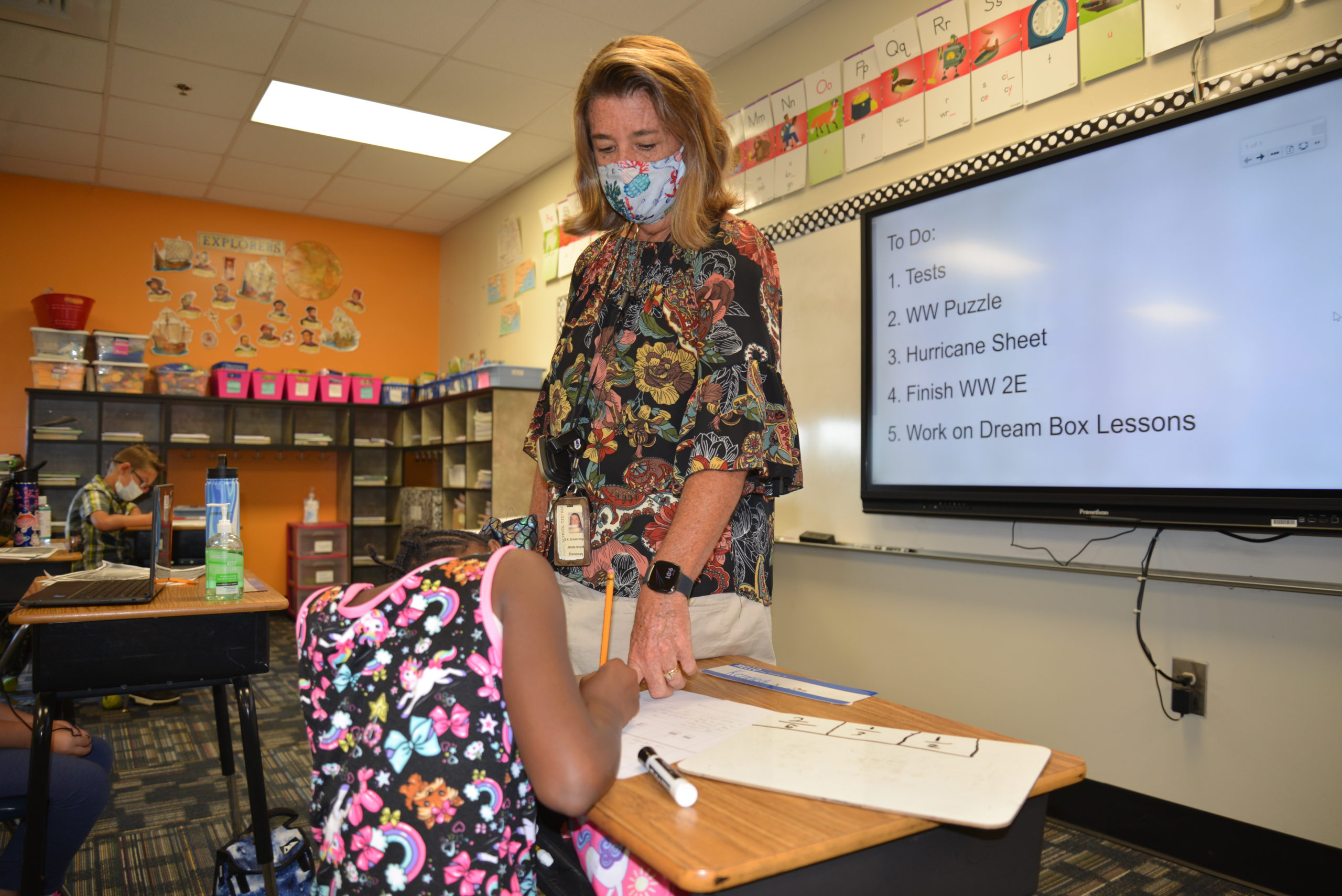Clean energy and its many benefits are now within reach for more school districts, thanks to new tax provisions in the Inflation Reduction Act (IRA). The law makes existing clean energy incentives, which have been available to tax-paying entities for over 40 years, available to tax-exempt organizations in the form of direct cash payments from the federal government. That means school districts will now be able to install solar panels, battery storage and microgrid systems at a dramatically decreased price point.
As we wait for final guidance from the Treasury Department on how entities can claim these funds, district administrators should begin considering how solar power fits into their 2023 infrastructure plans. Access to cheaper, cleaner electricity is only one of the benefits of installing solar. Bigger picture, these funds mean districts can turn their school buildings into resilient community spaces that create brighter futures for students, both educationally and environmentally.
Improving learning and energy literacy with clean energy projects
As schools look to take advantage of new tax incentives, bringing energy to life for their students should be one of their objectives.
A prime example: Last year, Thousand Oaks High School in southern California completed construction on a SOLE, or sustainable outdoor learning environment. Powered by solar panels, this entirely outdoor learning structure also stores the energy it produces in onsite batteries. This provides power to the SOLE’s hands-on learning stations, LED lighting and energy efficient air-circulation system.

The SOLE is a learning experience, giving students the ability to see renewable energy in action. “Innovation sparks innovation, and this state-of-the-art classroom is sure to ignite our students’ creativity and joy for learning,” said Thousand Oaks High School Principal Eric Bergmann. “The cutting-edge SOLE is one more way we are fulfilling our mission to provide our students with quality educational experiences.”
Gulf Shores City Schools is another school district making clean energy tangible for its students. Located in coastal Alabama, the district has announced plans to implement a system-wide modernization project designed to boost the district’s sustainability and energy efficiency while increasing student engagement with STEM.
The project includes several engaging and interactive clean energy features:
- Touchscreen dashboards that show real-time data on the renewable energy being produced on campus

- SmartFlower solar arrays that track the sun and solar-powered trees that provide shade
- Solar benches and charging stations on playgrounds and sporting areas
- Teaching exhibits for expanded outdoor classroom opportunities
By providing hands-on, experiential education opportunities, these schools and others across the country are allowing students to understand the benefits of solar more fully. Ultimately, they will also prime students to start thinking about career choices in renewable energy, putting them in a better position to jump into the surging green jobs market.
Addressing extreme weather resiliency with clean energy technology
Extreme weather events are becoming more severe and more frequent. Having a resilient school energy infrastructure now means being able to keep the lights on and premises secure despite wildfires, hurricanes, natural disasters and power outages. As schools are often utilized as critical emergency response centers, proper resiliency solutions support not just staff and students, but the entire community.
With that in mind, schools should change their approach if they are to build a truly resilient energy infrastructure. But budgets are tight and school districts must look to ensure reliability despite impending funding challenges and competing priorities in the new education landscape.
Fortunately, the IRA’s new clean energy tax provisions make achieving resiliency a much more affordable prospect. Onsite solar or wind energy generation, battery storage and microgrid systems, will all help schools to better control their energy systems and maintain power even during a grid-wide outage.
Planning for energy infrastructure upgrades in 2023 and beyond
Whatever your plans for school infrastructure in 2023, the new ITC provisions of the Inflation Reduction Act should figure into them. For the first time ever, schools will be able to access a new funding source that can deliver mission-critical outcomes for your district and help create hands-on learning experiences focused on sustainability and clean energy at the same time.
School districts have weathered some of the worst storms in modern times during the past few years, but there are many new resources available to help. If you’re looking for the right partner to maximize your budget, Schneider Electric may be able to help. For more information on how Schneider Electric partners with school districts to tackle their top priorities and future-proof their energy infrastructure, visit perspectives.se.com/performance-contracting.






